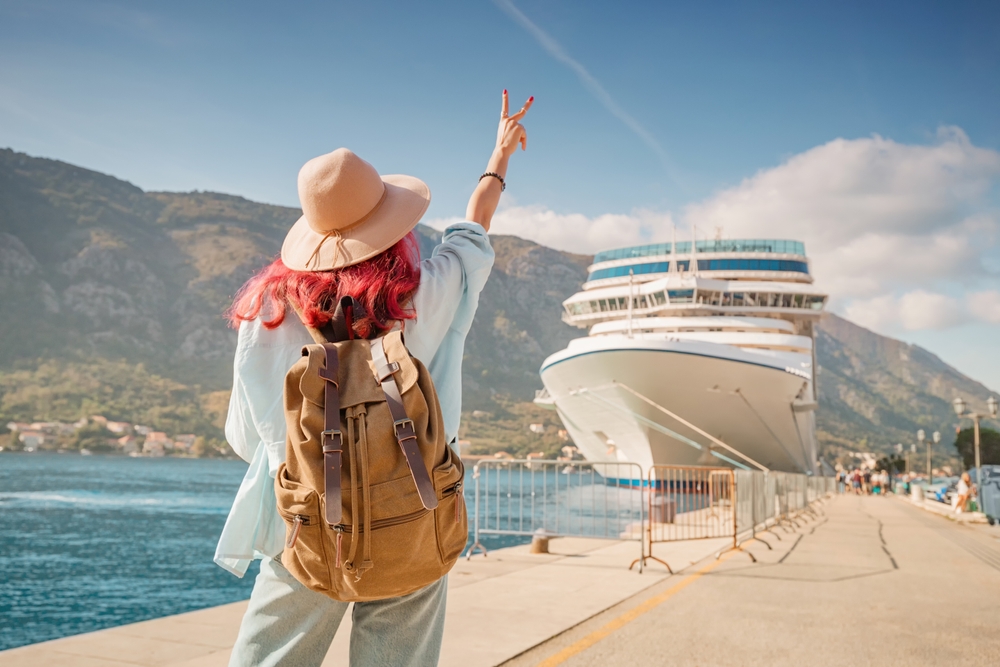Cruise vacations promise relaxation, adventure, and luxury all rolled into one, but for first-time passengers, the experience can come with unexpected surprises. While cruise lines provide plenty of information about itineraries, amenities, and activities, there are many lesser-known rules that can catch newcomers off guard. Understanding these unspoken guidelines ahead of time can help you avoid fines, missed opportunities, or awkward situations. Before you set sail, here are 15 important cruise ship rules every first-time passenger should know, even though most people will not tell you.
1. You Must Attend the Muster Drill

Before your cruise sets sail, every passenger is required by maritime law to attend a muster drill. This is a safety procedure that shows you where your assigned lifeboat station is and explains what to do in an emergency. Even though it might seem unnecessary or boring, skipping it can lead to being removed from the ship. Some newer ships now offer virtual muster drills through apps or stateroom TVs, but you still need to physically check in at your muster station afterward.
2. Your Room Steward Can Enter Without Knocking
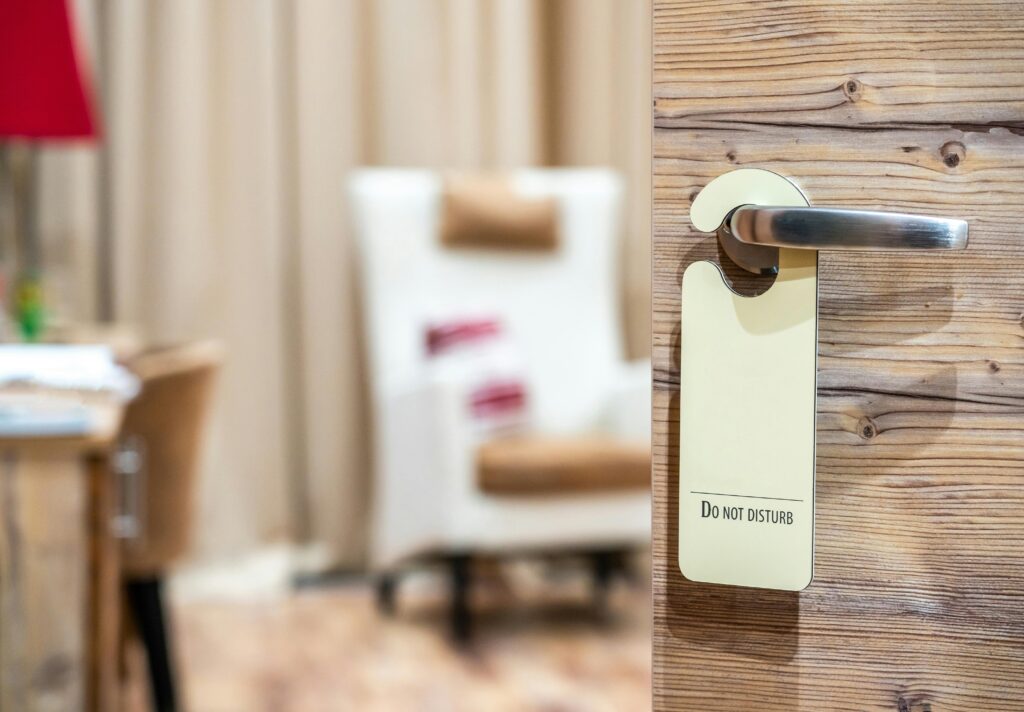
Cabin stewards clean multiple rooms several times a day, and they are often on tight schedules. Unless you have a “Do Not Disturb” sign displayed, they are allowed to enter after a courtesy knock, even if you do not answer. Always lock up valuables or use the room safe if you are leaving electronics, passports, or cash unattended. For privacy, use the sign and communicate special instructions if needed.
3. Cruise Cards Are Your Lifeline
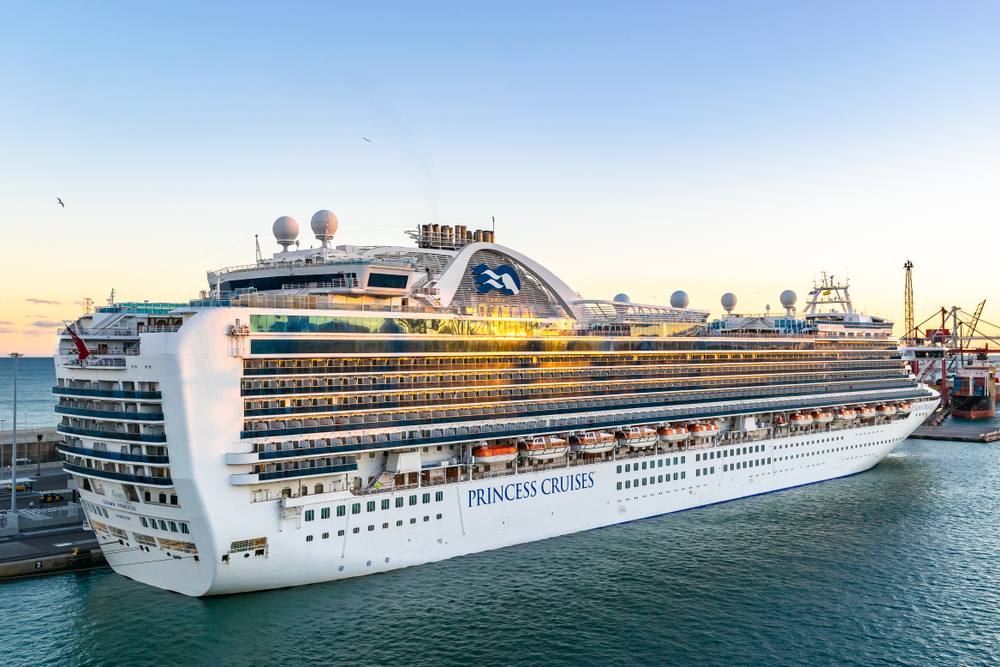
Your cruise card or wearable band is more than a room key. It serves as your onboard ID, payment method, and even your pass to get on and off the ship at ports. Most ships operate cashless systems, so purchases like drinks, excursions, and souvenirs are charged to this card. Losing it means dealing with delays and possible fees to get a replacement, so keep it secure at all times.
4. Beverage Packages May Not Be Worth It

Many cruise lines push drink packages aggressively, offering “unlimited” deals that sound like great value. However, unless you are drinking five to seven alcoholic beverages per day, it might not be cost-effective. Read the fine print too. Some packages exclude premium spirits or limit certain drinks to designated bars. Water, juice, and basic coffee are usually free, and you can often bring limited beverages onboard during embarkation.
5. You Can Be Left Behind at Ports

Cruise ships run on tight schedules, especially in popular ports. If you are not back onboard by the “all aboard” time, the ship can and will leave without you. This rule is strictly enforced. Booking excursions through the cruise line offers some protection because the ship may wait if a company-sponsored tour is late. But if you go ashore independently and lose track of time, you may need to catch up at the next port on your own expense.
6. There’s a Dress Code You’re Expected to Follow
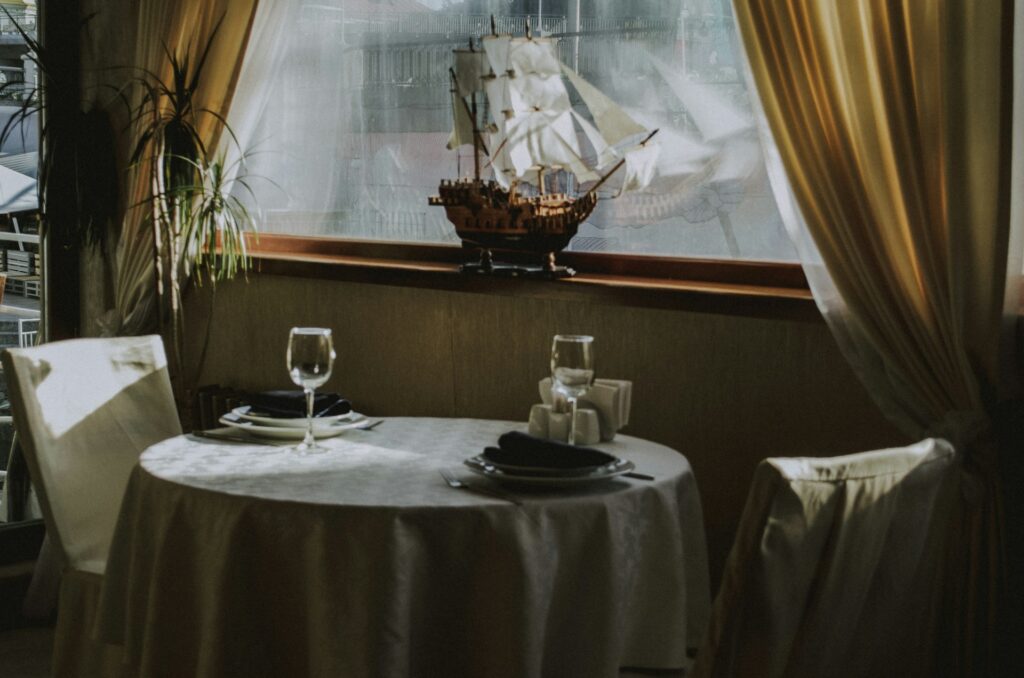
While casual wear is fine during the day, many cruise lines enforce evening dress codes in dining rooms and specialty restaurants. These may range from “resort casual” to “formal” on certain nights. For men, this usually means slacks and collared shirts, while women may need dresses or pantsuits. Swimwear, flip-flops, and tank tops are usually not allowed in evening dining venues. Check your cruise line’s dress code policy in advance to pack appropriately.
7. Gratuities Are Not Optional

Most cruise lines automatically add daily gratuities to your onboard account, often between $14 to $20 per person per day. These tips are distributed among dining staff, room stewards, and other service personnel. While you can sometimes adjust or remove them at the guest services desk, it is discouraged unless service was truly subpar. Some luxury lines include gratuities in the cruise fare, but most mainstream lines do not.
8. You’re Not Allowed to Smoke Just Anywhere
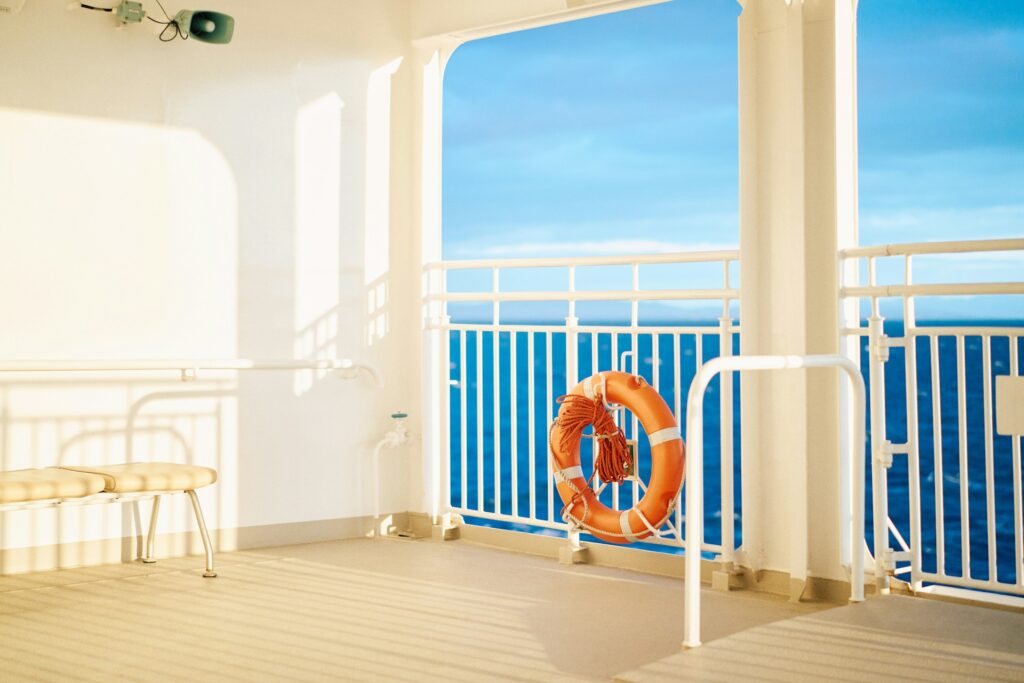
Smoking, including vaping, is restricted to specific designated areas on cruise ships. Lighting up in your cabin or balcony is almost always prohibited and could lead to a hefty fine or even removal from the ship. Fire is one of the most dangerous threats at sea, so cruise lines take these rules very seriously. Make sure you know where the smoking zones are to avoid accidental violations.
9. You Can’t Always Swim in the Pools
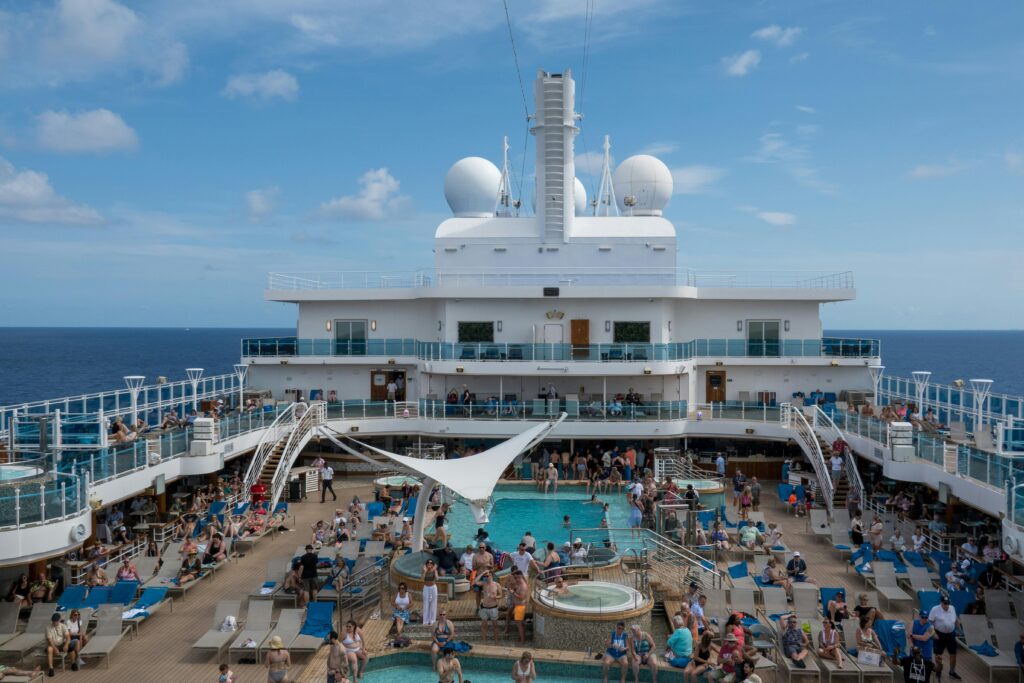
While pools are a major attraction, they are not open 24/7. Pools may close due to bad weather, cleaning schedules, or safety reasons. Children who are not potty-trained are usually not allowed in any pool unless the ship has a splash zone specifically designed for them. Additionally, lifeguards are not present on every ship, so parental supervision is essential.
10. Room Service May Cost Extra
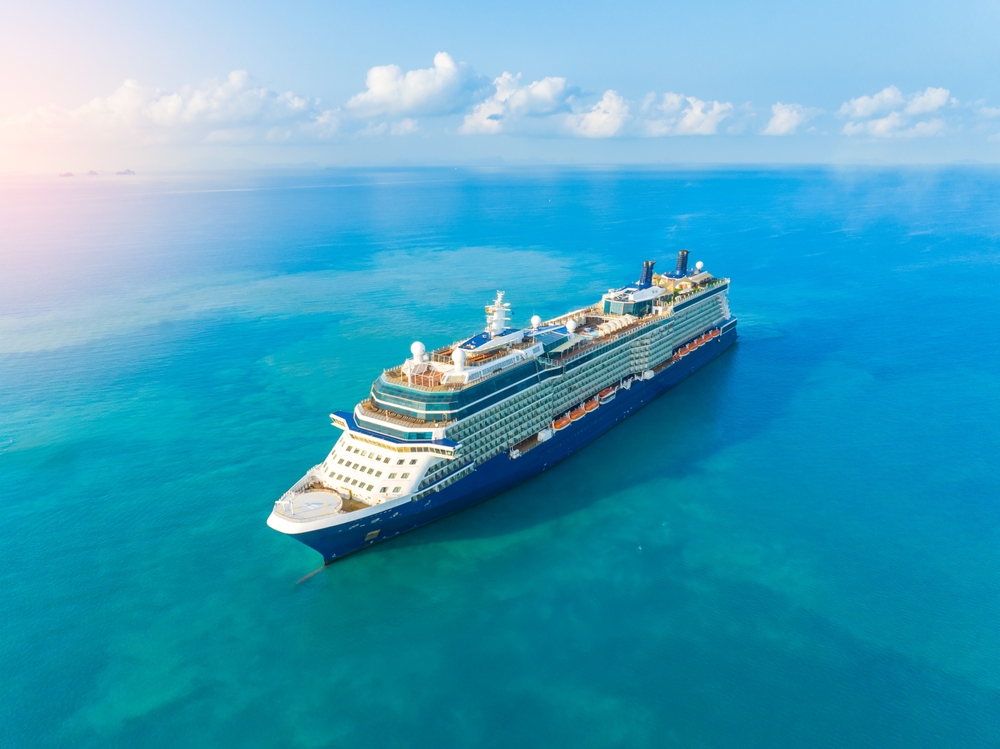
Cruise lines used to offer complimentary room service as a luxury perk. However, many now charge a fee per order or limit free options to certain hours. Some offer complimentary breakfast only, while others charge for late-night snacks. Check the room service menu and fees before ordering to avoid unexpected charges on your final bill.
11. Internet at Sea Is Limited and Pricey
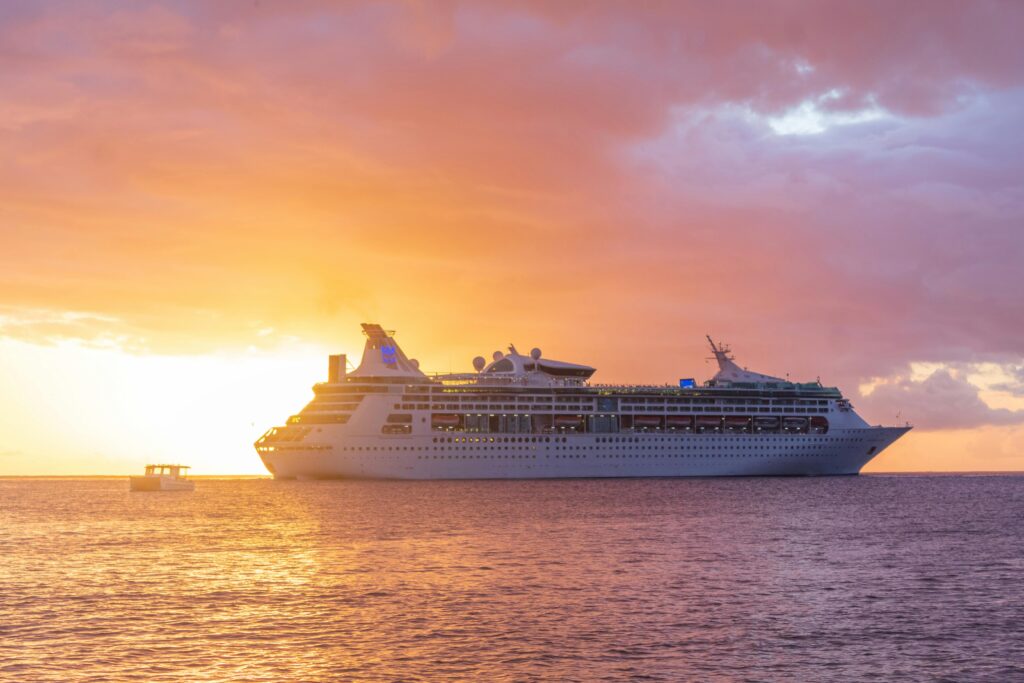
Wi-Fi access on cruise ships is notoriously expensive and not always reliable. While newer ships have improved connectivity thanks to satellite upgrades, speeds may still lag compared to land-based service. Packages are often sold by data usage or time, and streaming services may be restricted. If you need internet for work or communication, consider buying a plan in advance or using portside cafes with free Wi-Fi.
12. You’re Being Watched More Than You Think
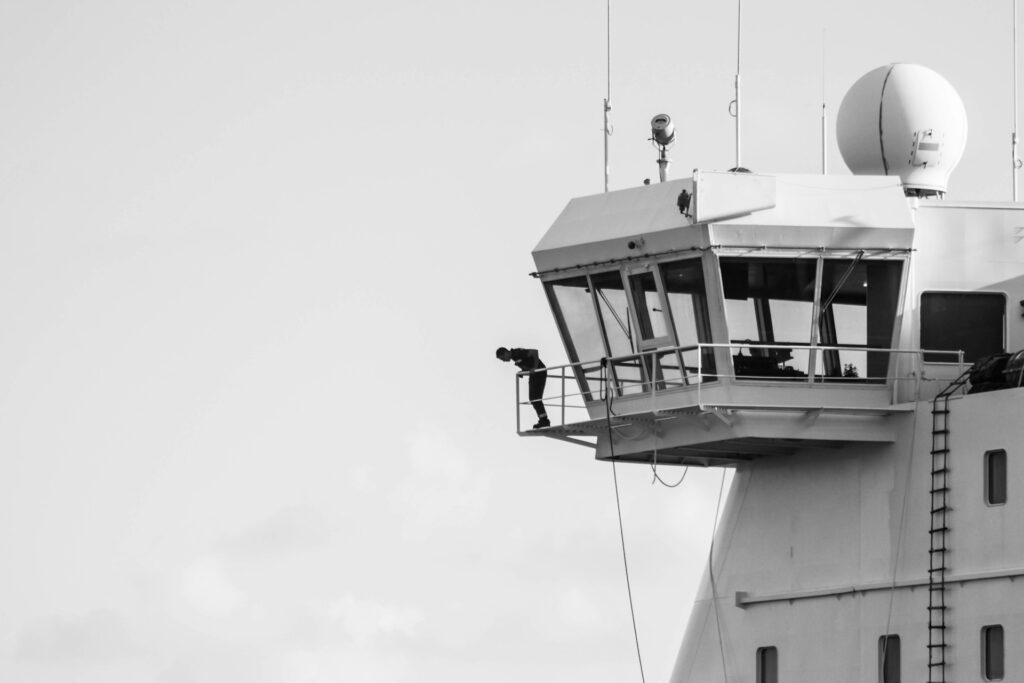
For safety and security, cruise ships have extensive camera coverage in public areas. This includes elevators, hallways, and pool decks. Any reported misconduct, theft, or suspicious activity is likely to be reviewed using CCTV footage. While this enhances safety, it also means you should be on your best behavior. What seems like a harmless prank or dispute could be taken seriously by security personnel.
13. Bringing Irons, Candles, or Power Strips Is a Fire Hazard

Most cruise lines ban certain household items from being brought onboard due to fire risk. These include candles, irons, clothes steamers, and unapproved power strips. If security finds them during luggage screening, the items will be confiscated and returned at the end of the trip. Cruise cabins are equipped with hairdryers and offer laundry services for a fee, so pack accordingly.
14. You’re Not Guaranteed the Same Dining Table or Waiter

Unless you book a fixed dining time with assigned seating, you may get different waitstaff each night. Flexible dining allows more freedom, but it can lead to longer waits or inconsistent service. If you prefer building rapport with a particular waiter or tablemates, choose traditional dining when booking. Specialty restaurants offer personalized service but come at an extra charge.
15. Disembarkation Can Take Hours

Getting off the ship at the end of your cruise is not as simple as walking out the door. Passengers are assigned staggered disembarkation times based on travel arrangements and luggage delivery preferences. Customs inspections and immigration checks can add delays, especially in international ports. If you have a tight flight schedule, choose self-assist disembarkation to carry your own luggage and leave earlier.
Final Thoughts
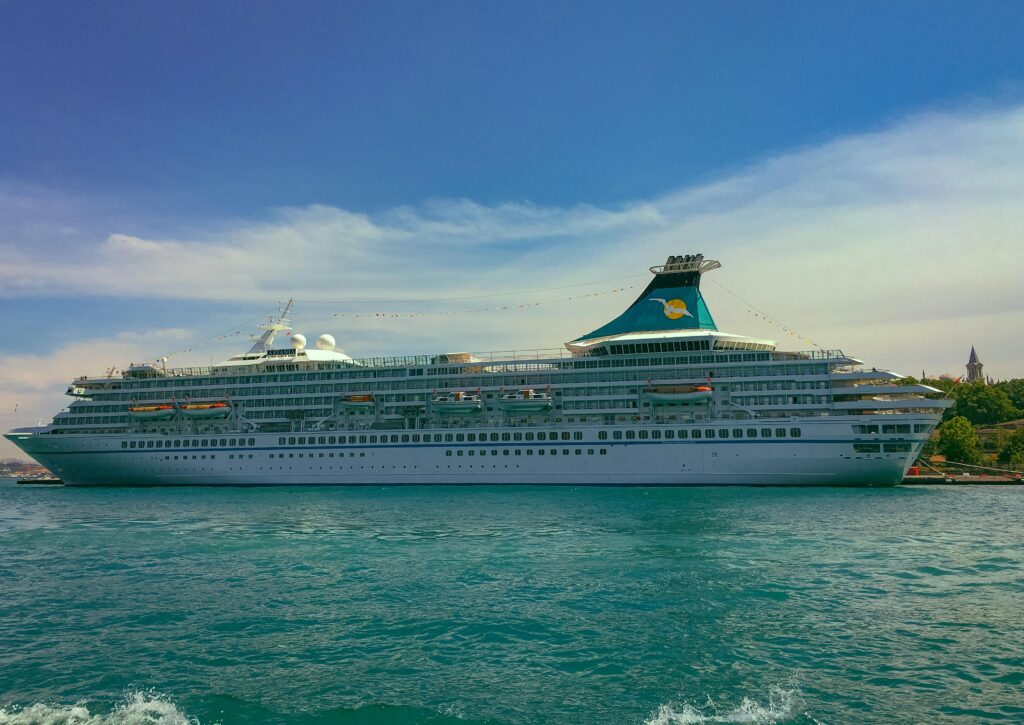
Cruising offers an incredible way to travel with comfort and variety, but it comes with its own set of rules and expectations. Understanding these less-publicized guidelines can make your first cruise smoother, safer, and more enjoyable. From onboard etiquette and legal responsibilities to practical tips on dining and port visits, being informed ahead of time allows you to relax and get the most out of your journey. Whether you’re planning a Caribbean escape or a European voyage, keep these cruise ship rules in mind to sail like a seasoned traveler.
Read More: Everything That’s Banned on Cruises Now. Heres 9 Of Them
Disclaimer: This article was created with AI assistance and edited by a human for accuracy and clarity.
